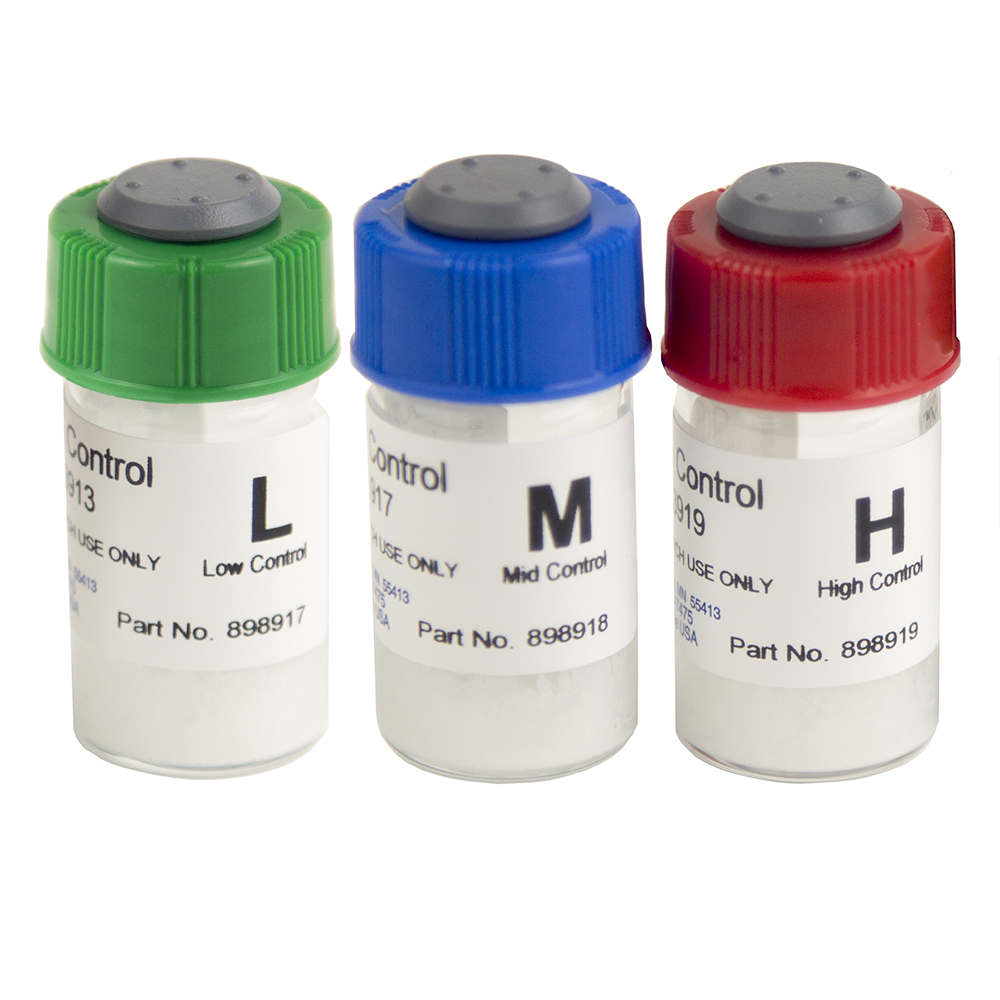Human CD14 Quantikine QuicKit Control Group 263
Human CD14 Quantikine QuicKit Control Group 263 Summary
Specifications
Product Datasheets
Background: CD14
CD14 is a glycoprotein that mediates the interaction of lipopolysaccharide (LPS, endotoxin) with cells, thereby signaling the presence of gram-negative bacteria (1-3). CD14 is either soluble (CD14) (4, 5) or membrane-bound (mCD14) by a glycosylphosphatidylinositol (GPI) anchor (6, 7). mCD14 is a 55 kDa glycoprotein (1), while CD14 varies from about 43 to 53 kDa, depending on the degree of glycosylation and whether it was synthesized without the anchor or was shed by phospholipase cleavage of the anchor or by proteolysis (12-14). There is no evidence for different mRNAs for m- and CD14. There is no apparent sequence homology with other proteins. The sequence of human CD14 is 63-73% identical to that of mouse, rat, or rabbit CD14 (15).
FAQs
No product specific FAQs exist for this product, however you may
View all ELISA FAQsReviews for Human CD14 Quantikine QuicKit Control Group 263
There are currently no reviews for this product. Be the first to review Human CD14 Quantikine QuicKit Control Group 263 and earn rewards!
Have you used Human CD14 Quantikine QuicKit Control Group 263?
Submit a review and receive an Amazon gift card.
$25/€18/£15/$25CAN/¥75 Yuan/¥1250 Yen for a review with an image
$10/€7/£6/$10 CAD/¥70 Yuan/¥1110 Yen for a review without an image






